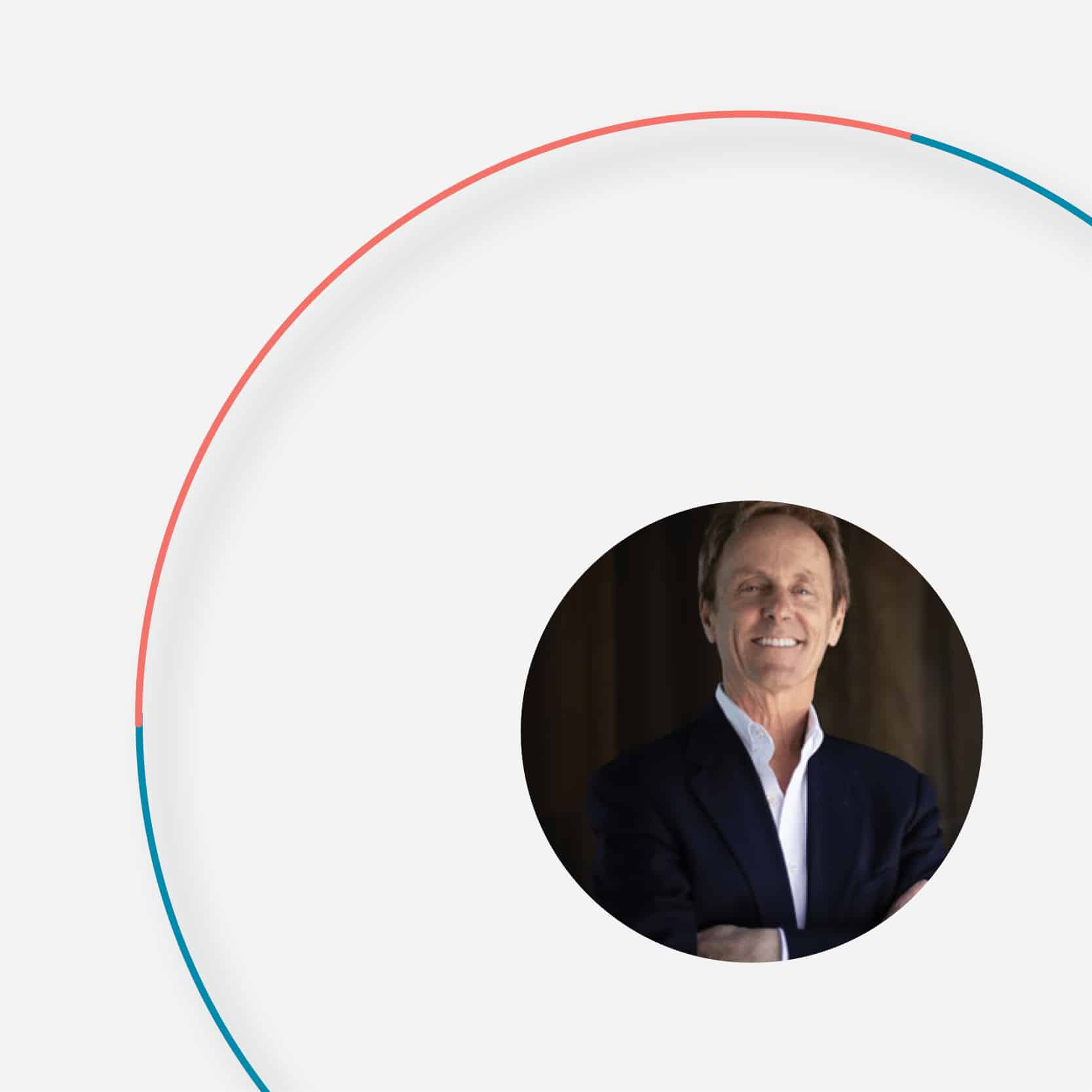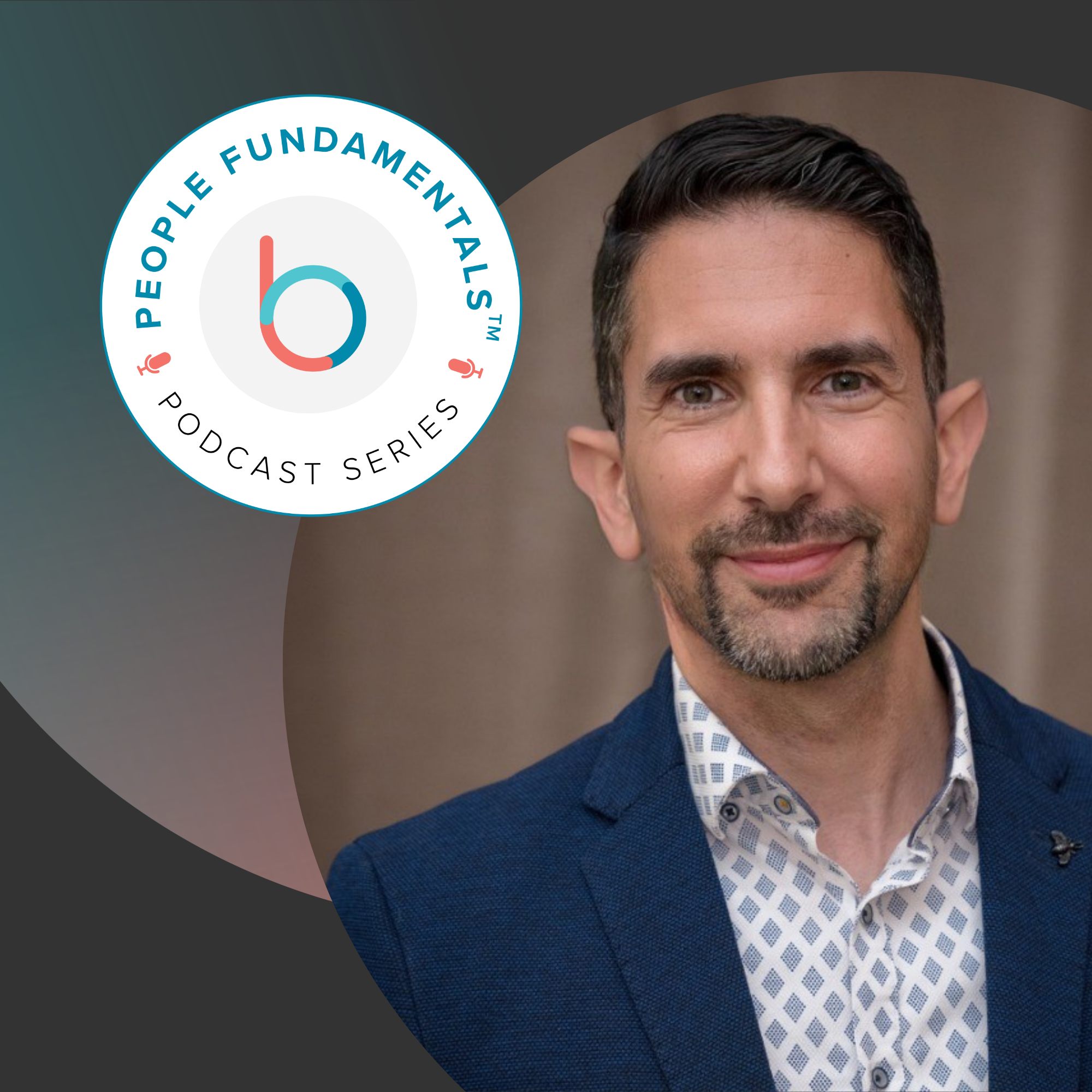In 2021 we saw HR once again serving as their organizations’ change leaders — bringing new tools, resources and inspiration to their highly adaptable and motivated workforces. In one of Betterworks’ Empower HR marquis sessions, “Lessons Learned for 2022,” global HR analyst and thought leader, Josh Bersin, shared his insights regarding workplace dynamics and HR priorities including winning the ongoing talent war, developing new leadership skills and behaviors for new work models, and why delivering an optimal employee experience is more critical than ever before.
Lessons Learned for 2022
Dramatic shifts in today’s workplace have been occurring for 14-plus years. Starting with the Great Recession of 2008, we’ve experienced a steady digitization within virtually every aspect of our personal and professional lives including our companies, job responsibilities, business models, and employee experiences. The pandemic caused many companies to downsize and then upsize, leading employees to adapt to new roles and work environments while trying to achieve a semblance of work-life balance. Many workers participated in The Great Resignation — choosing to leave their current jobs for ones that better aligned with their skills, passions, and lifestyles. These factors have resulted in companies finding new ways to automate roles in order to maintain their operations and deliver the service and experience their customers expect.
“HR has become a heroic function as companies adapt to these changes,” Josh notes. “All the conversations about HR not having a seat at the table have disappeared and they are now asked and expected to do some very important things.”
Winning the Talent War
According to Josh, research from Citibank and other economists indicates that U.S. companies will create five to six million new jobs in 2022 — a tall order considering that more than 4.5 million U.S. workers handed in their resignations last month alone. This is the largest number of resignations since the Department of Labor started tracking this number more than 30 years ago.
In order to fill these roles, HR leaders need to identify and implement new strategies for recruitment, leveraging internal talent, and identifying and developing future-focused skills within their organizations.
- 1 in 5 Employees indicated they voluntarily changed employers in 2020.
- 1 in 4 Employees indicated they plan to switch employers in 2021.
- 1 in 4 Employees indicated they plan to switch occupations in 2021.
- 2.3M Women were pushed out of jobs in 2020 putting female participation in the workplace at the lowest since 1998.
While companies aggressively recruit new talent from outside their walls, Josh notes that “there has been a massive increase in the sophistication of internal mobility and internal recruiting.” For example, HR leaders are identifying current employees who can shift into new roles within their organizations. They are also revisiting “silver medal candidates,” people who previously worked for their company or applied for jobs in the past and weren’t hired. The latter were potential candidates that were a few details away from being hired the first time and could be reconsidered for new roles within the organization.
Building a Talent Marketplace for Career 4.0
With the dearth of available talent, combined with workers extending their career years, future-focused HR leaders are steadily building internal talent marketplaces based on their organizations’ current and projected skills needs. This is a recent evolution from how organizations previously evaluated their employees based on their past and current work experiences. In what Josh terms Career 4.0, employees’ skills versus their past experiences now define their worth.
“Betterworks plays a big role in (the talent marketplace) because the OKR and the ongoing performance management process is part of understanding, developing, and categorizing those skills,” Josh explains.
Employee Wellbeing and the Employee Experience
As companies permanently embrace hybrid remote work models, an organization’s success is increasingly driven by teamwork. As Josh points out, “We’ve reached a stage now where your success as an organization is dependent upon the ability for each individual to add their God-given skills and capabilities and personal goals into the job.” However, this can be challenging for a change-weary workforce. As a result, employee wellbeing and emotional support are becoming CEO-level issues.
In this pandemic-influenced workplace, many companies have adopted a flurry of technology solutions designed to deliver an “optimal” employee experience. However, there is the case for having too much of a good thing. Josh estimates that the average large company has 70 employee-facing systems. He recommends that HR leaders simplify their employee-facing technology portfolios and locate them in a central location for employees to easily find and use.
While streamlining employees’ technology choices is a good initial strategy, HR leaders also need to address what really matters to employees. According to Josh, these include “a sense of purpose, a sense of growth, a sense of mission, and a sense of trust.” From an HR perspective these often tie into productivity and performance management.
“All the research I’ve done and all the companies that I’ve talked to have me convinced that it is not employee happiness that creates productivity. It is employee productivity that creates happiness,” Josh said. “In other words, if we make it easier and clearer for people to do their jobs effectively, we reward them psychologically as well as financially for doing their jobs, they will be happier. They will enjoy their work, they will enjoy their company, and they will stay at their company.”
“One of the most important things we’ve learned about the pandemic is rather than getting too wrapped up in health and wellbeing, which is obviously important, we have to help people get their jobs done.” – Josh Bersin
“Employee experience has become a buzzword in HR. It is a driver of engagement, retention and productivity, and also a big driver of an employer’s brand,” notes Josh. “We really need to think about employee experience as a culture issue of creating a flexible and developmental-focused workplace.”
The Evolution of Performance Management
“The HR technology industry has evolved significantly in the last two or three years,” Josh recounts. “It used to be that these systems were mostly designed for HR, data entry, and HR process integration with user interfaces for employees.”
As Josh points out, performance management platforms such as Betterworks include productivity tools and team management tools — integrating communications, conversations, rewards and recognition, and much more. They also seamlessly integrate with other workplace solutions such Microsoft Teams, Slack, Zoom, and Google Workspace. Creating a robust platform facilitates more opportunities for deeper engagement between employees and their managers and executive leadership. As Josh describes it, “I think this one of the most exciting things that Betterworks has done.”
In closing, Josh emphasized that HR leaders need to remember that they can’t take a page from another company’s playbook when developing their own initiatives.
“Every company is different. Every company’s culture is different. Even within the same industries, two companies will operate in very different ways,” says Josh. “And that means that we are here to innovate, to create, to pioneer, to experiment, and to iterate on the solutions that we build in a cross-functional way.”
Register here to watch Josh Bersin’s full EmpowerHR: A Betterworks Summit session.






